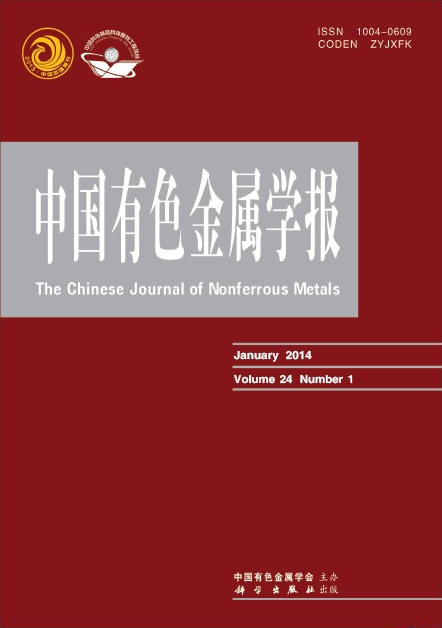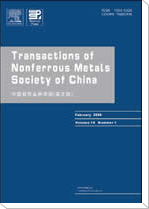(哈尔滨工业大学 现代焊接生产技术国家重点实验室,哈尔滨 150001)
摘 要: 选用CuSi3焊丝对镍基合金/不锈钢进行钨极惰性气体(TIG)钎焊实验,运用OM、SEM和EDS分析接头微观组织,通过拉伸实验和硬度实验评定接头的力学性能。结果表明:TIG钎焊接头具有熔焊和钎焊的双重性质,不锈钢母材局部熔化,生成Fe基熔合区;在接头搭接区及镍基合金母材与焊缝金属之间存在界面反应层,反应层可分为熔化未混合区、Ni基树枝晶和晶间Cu基区;焊缝区为Cu基体上分布着颗粒状Fe基固溶体;CuSi3接头剪切强度达到195 MPa,接头断裂于焊缝与不锈钢界面处,断口为微孔聚合机制引起的塑性断裂;在界面处硬度值发生突变,Ni基树枝晶硬度值达到HV433.3,不锈钢熔合区中的Fe基体硬度值达到HV453.4,近界面处焊缝区Cu基体硬度值为HV150。
关键字: 钨极惰性气体钎焊;界面反应层;显微组织;力学性能
(State Key Laboratory of Advanced Welding Production Technology, Harbin Institute of Technology, Harbin 150001, China)
Abstract:The tungsten inert gas(TIG) brazing of nickel-based alloy and stainless steel using CuSi3 wire was carried out. The microstructures and mechanical properties of the joint were studied using OM, SEM, EDS, instron-testing machine and hardness measurement device. The results show that the joint has dual characteristic and is divided into a welding part on the stainless steel and a brazing part on the nickel-based alloy. The stainless steel fusion zone is made of Fe-based solid solution, the interface reaction layer is made of molten unmixed zone, Ni-based fir-tree crystal microstructure and Cu-based solid solution in the intergranular. The weld is made of α-copper matrix and Fe-based solid solution in the matrix. The shear strength reaches 195 MPa and the shear fracture occurs at the interface between brazing alloy and stainless steel. The microhardness in the Ni-based fir-tree crystal, the Fe-based solid solution of the fusion zone and Cu-based solid solution of the weld near the interface reach HV433.3, HV453.4 and HV150, respectively.
Key words: tungsten inert gas brazing; interface reaction layer; microstructure; mechanical properties


